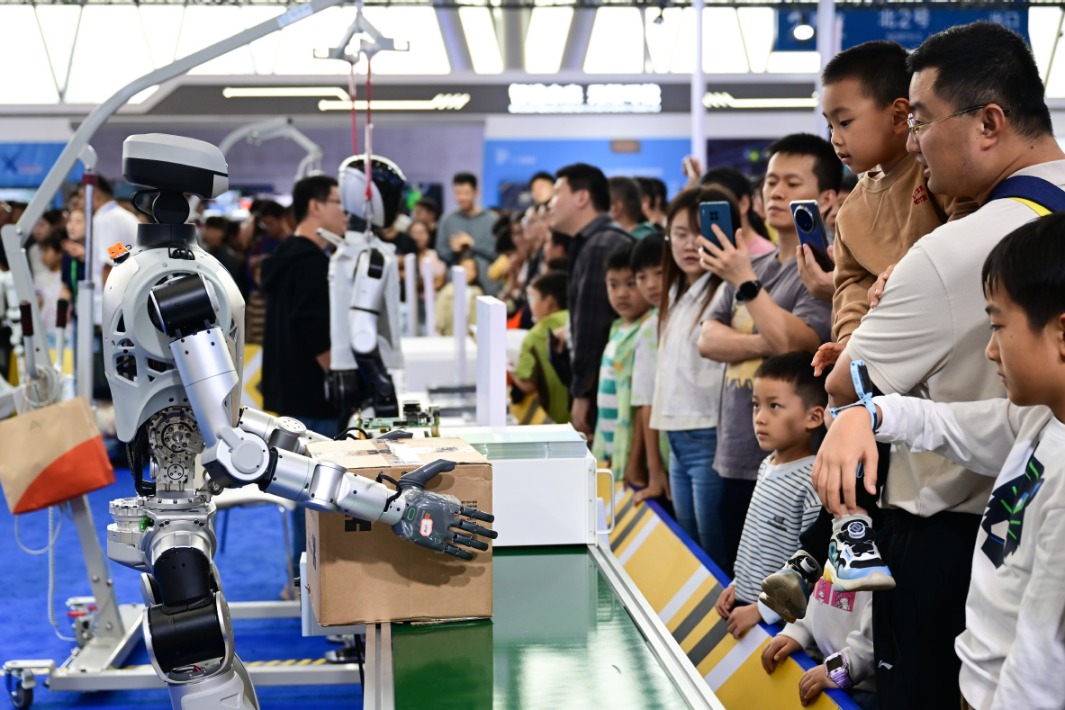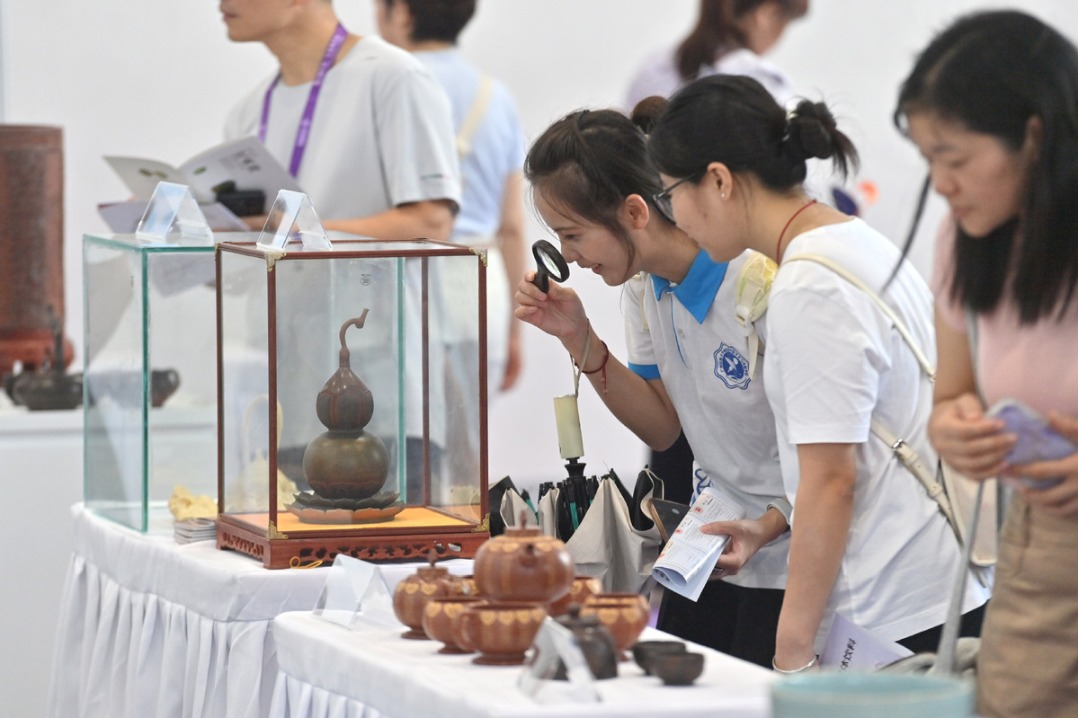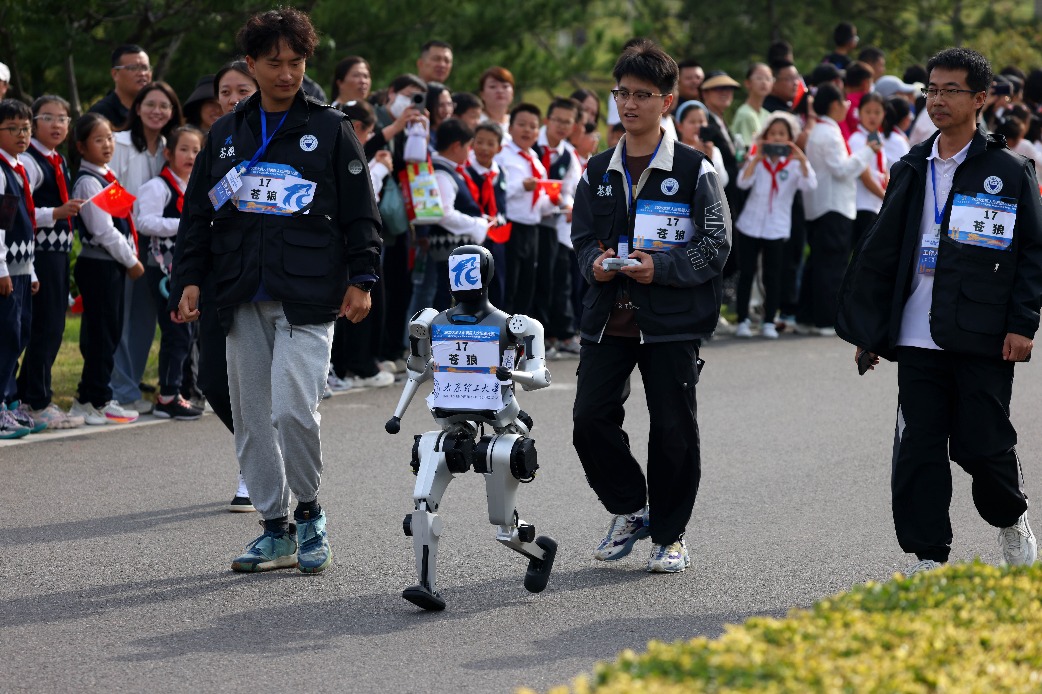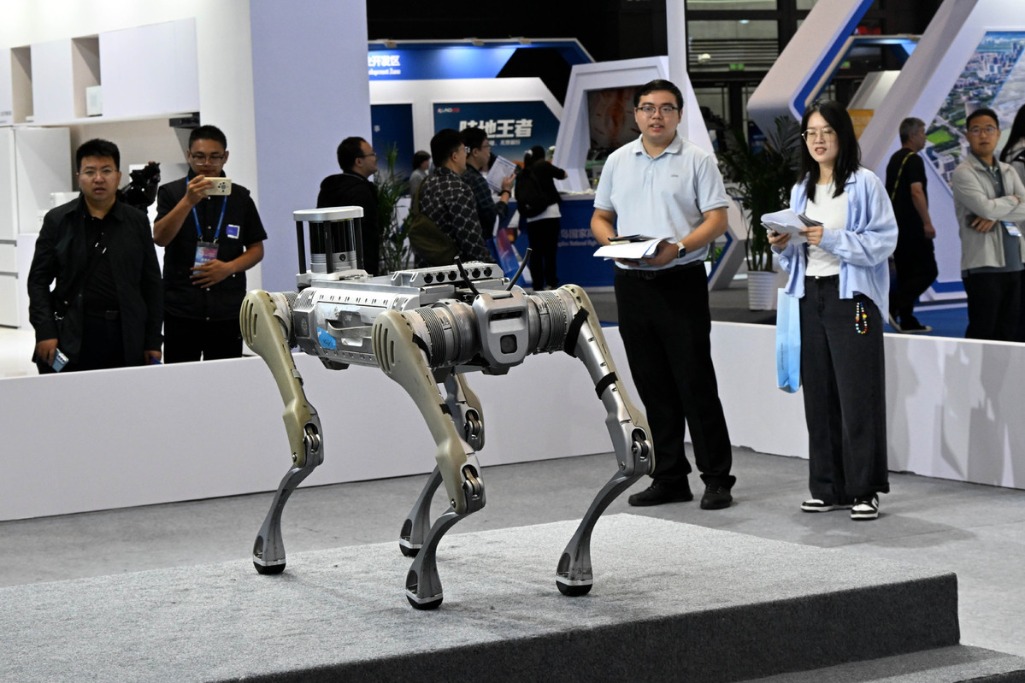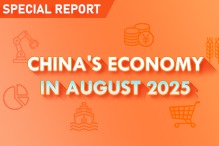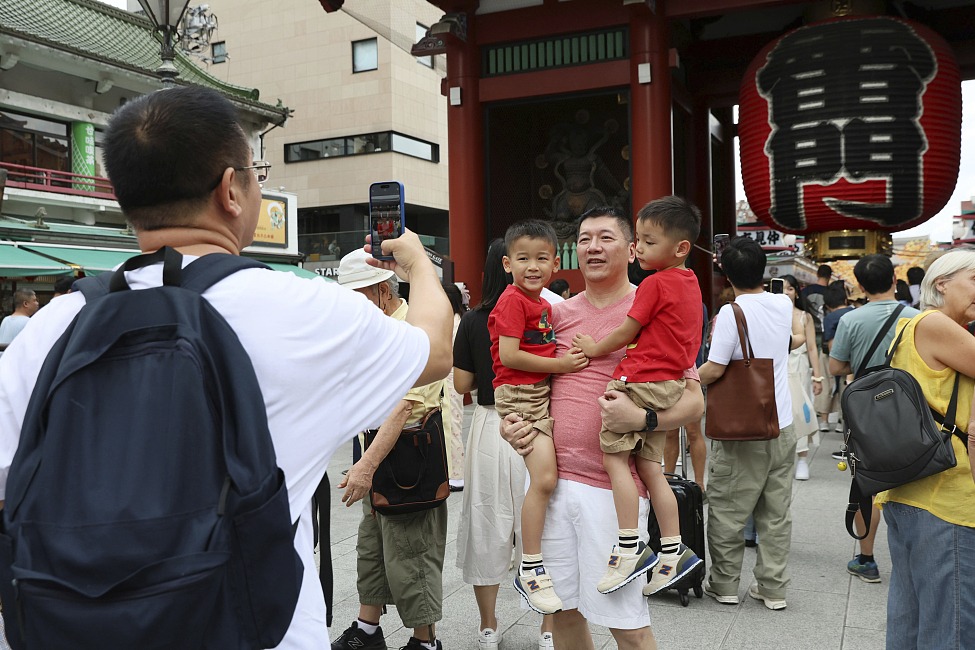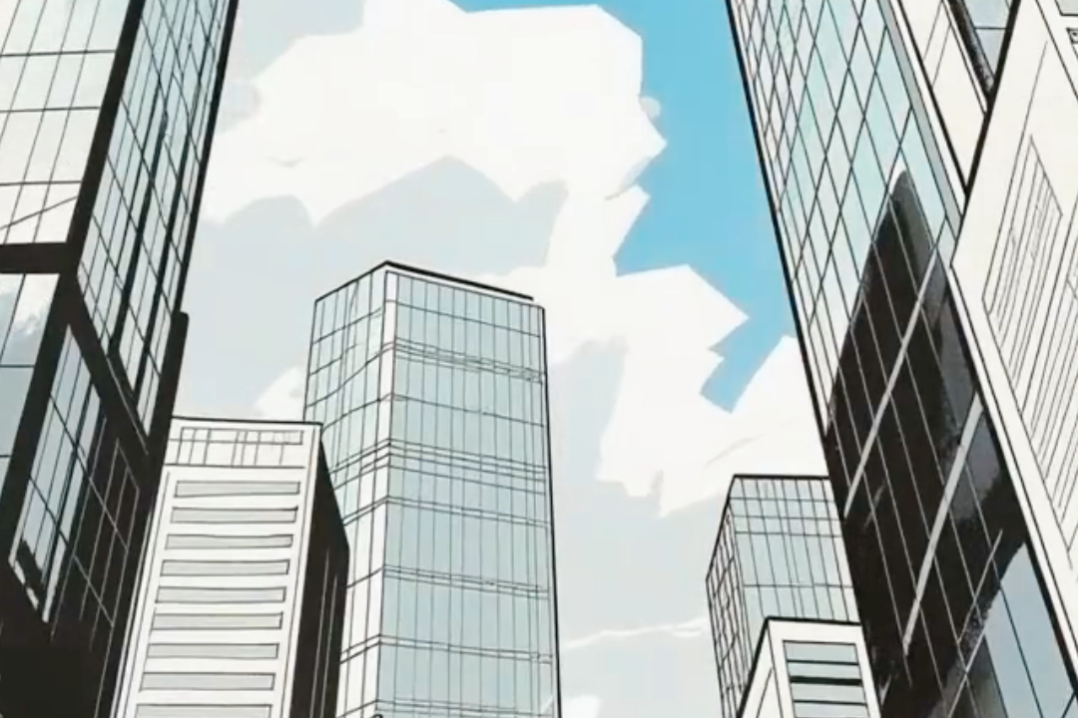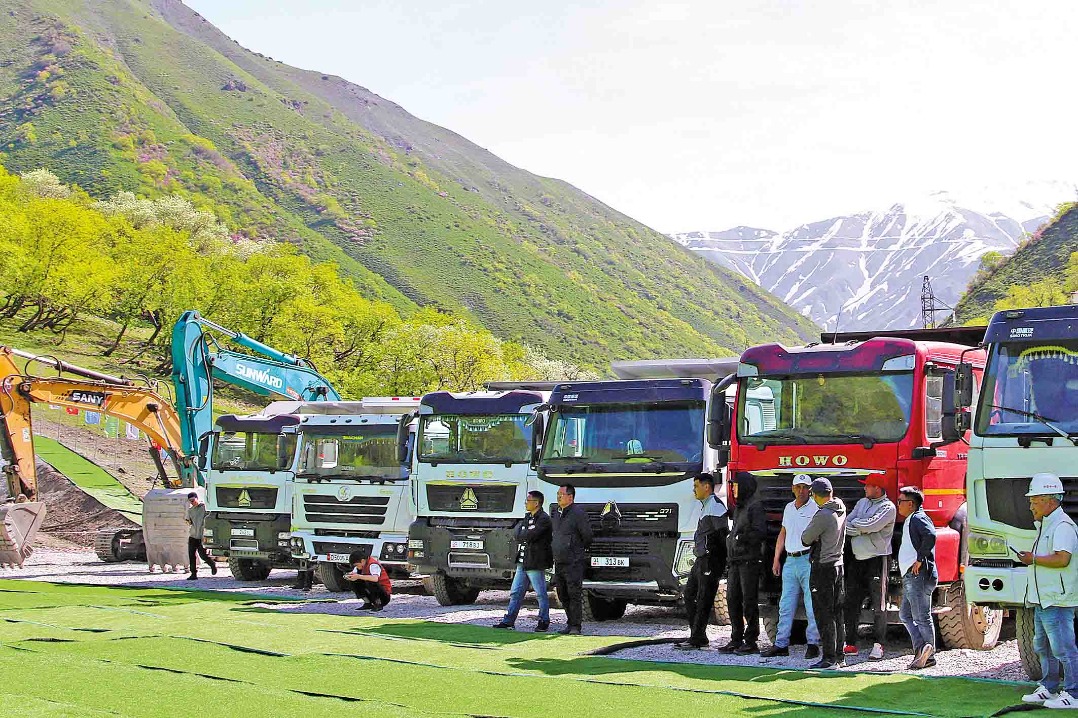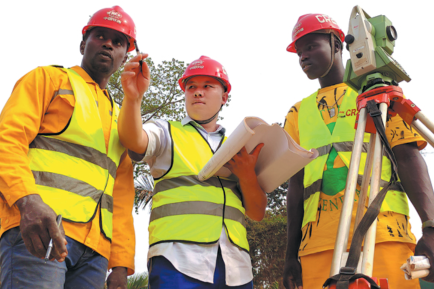Urban renovation sees rosy outlook

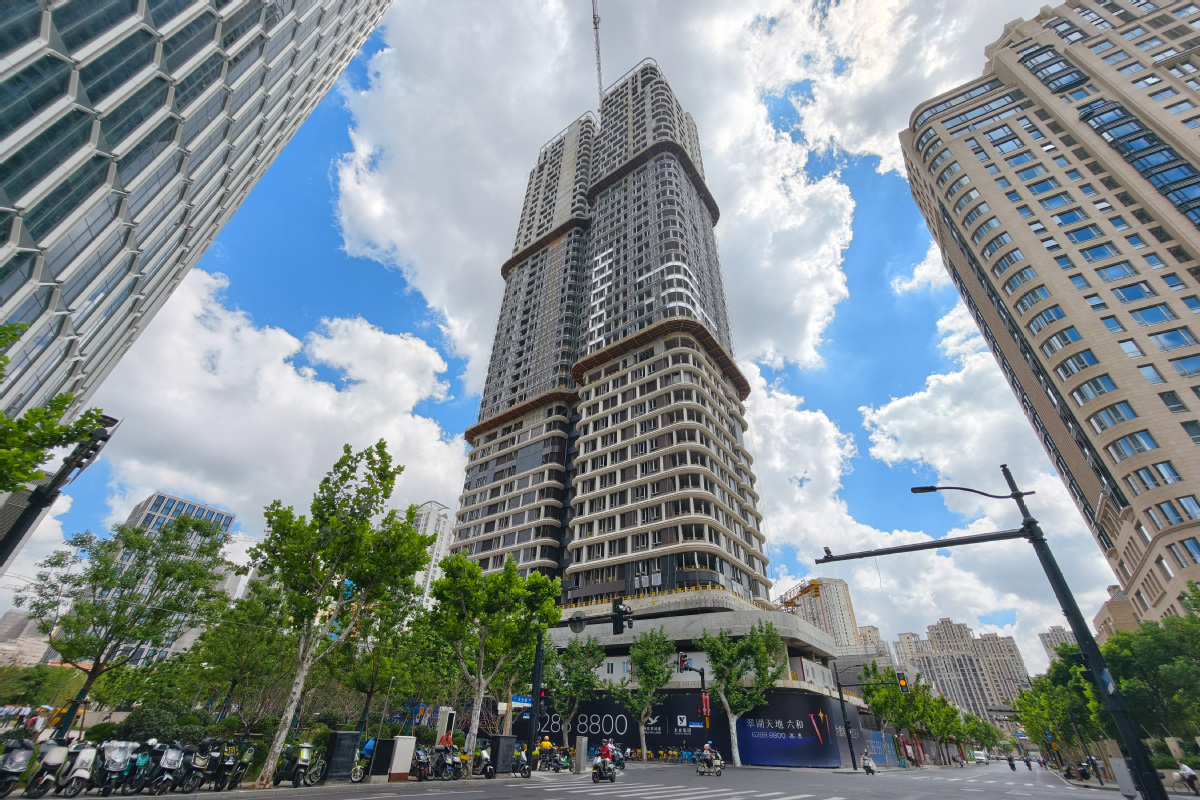
As Chinese cities enter a new era driven by urban regeneration, property developers focusing on high-quality development of existing urban areas are finding themselves better positioned than ever, senior executives of Shanghai-based Shui On Land Ltd said.
Aiming at playing a proactive role in stabilizing economic growth, boosting consumption, and advancing the nation's transition toward high-quality development, urban renovation is projected to reach a market size of about 20 trillion yuan ($2.81 trillion) during the 15th Five-Year Plan period (2026-30), according to the Economic Daily.
"China's urban development is shifting from large-scale incremental expansion to a stage focused on improving the quality and efficiency of existing ones, which requires vigorously advancing urban regeneration to optimize urban structure and functions," Zhang Yan, an official with the Ministry of Housing and Urban-Rural Development, was quoted as saying during a news conference in September.
"Since 1985, Shui On Land Ltd has been focusing on urban regeneration and high-quality development in the Chinese mainland. From the central government's recent policy signals and measures supporting these priorities, we see new opportunities emerging as urban renewal continues," said Wang Ying, chief executive officer with Shui On Land Ltd.
According to Stephanie Lo, vice-chairman of Shui On Land, China's urbanization rate has reached 67 percent, but in the new era of high-quality development, the benchmarks for measuring urban value are shifting, driven by a series of fundamental changes.
"Currently, we face some major transformations and challenges," Lo said.
"The first is that economic growth is moving from investment-led to consumption — and innovation-driven, requiring efforts to stimulate new consumption, nurture new business models, and attract creative talent.
"The second is a shift in urban development from large-scale incremental expansion to upgrading existing properties, and the third is to deal with new social trends, including increasingly diverse family structures and deepening population aging.
"Another one is how to enhance cities' livability and resilience in coping with extreme weather events, such as heatwaves and heavy rainfall ..."
In short, the traditional urbanization model driven by scale and speed is no longer sustainable, and the future of cities will depend on whether they can truly be people-centered, offering systemic solutions that support healthy and diverse lifestyles while promoting innovation, inclusiveness, and resilience, she added.
"The future of urban development must be people-centered. Human needs are diverse and constantly evolving, which is why we are adopting more ecological, sustainable, and inclusive community solutions to ensure the long-term progress of urban regeneration," Wang said.
According to Wang, over the past two decades, Shui On Land has operated 12 projects in five Chinese cities including Shanghai, Chongqing, Wuhan of Hubei province, Foshan of Guangdong province, and Nanjing of Jiangsu province. While still positioning Shanghai as its home market, the Hong Kong-listed company seeks new urban regeneration opportunities in the Yangtze River Delta region and the Guangdong-Hong Kong-Macao Greater Bay Area, regions with a concentration of talents and strong international appeal.
Nationwide, urban regeneration has maintained robust momentum. In the past two years, around 60,000 projects have been launched annually across eight major tasks, with investment exceeding 2.5 trillion yuan, reported Economic Daily.
"Urban regeneration aims at transforming urban development approaches and achieving high-quality growth," said Yan Yuejin, deputy head of the Shanghai-based E-House China R&D Institute.
Data from the Ministry of Housing and Urban-Rural Development show that more than 60,000 urban regeneration projects were carried out nationwide in 2024 alone, with total investment reaching around 2.9 trillion yuan.
wang_ying@chinadaily.com.cn


















